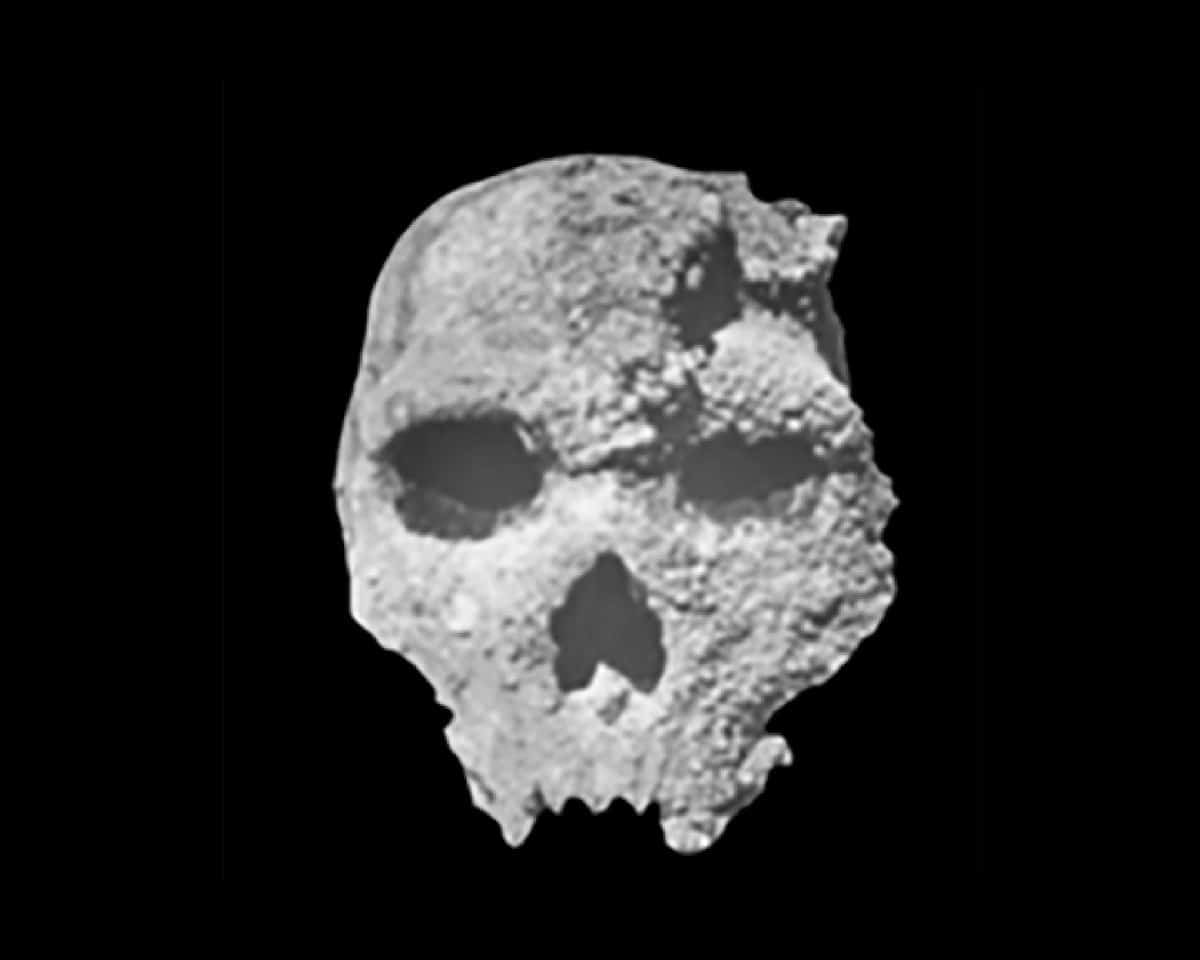A new study has provided the clearest picture yet of one of Europe’s most debated fossils — a nearly complete human skull discovered in Petralona Cave, northern Greece. The fossil, first unearthed in 1960, has long challenged scientists with questions about both its identity and its age.
A skull unlike Neanderthals or modern humans
The Petralona skull belongs to the Homo genus but stands apart from known groups. It shows marked differences from Neanderthals and modern humans, leaving researchers uncertain about where it fits in the evolutionary record.
Its age has also been a source of dispute for decades, with earlier estimates ranging widely from 170,000 to 700,000 years.
Now, a research team from the Institut de Paléontologie Humaine has used uranium-series (U-series) dating to narrow down the timeline. Their findings, published in the Journal of Human Evolution, indicate a minimum age of 286,000 years.
How U-series dating works inside caves
U-series dating works by measuring how uranium isotopes decay into thorium. In cave environments, water seeping through soil carries uranium but leaves thorium behind. When the moisture evaporates, it forms calcite crusts rich in uranium but free of thorium.
From that moment, the uranium begins to break down at a steady rate, creating a closed system that can be measured with precision.
Samples taken from the skull and cave formations
Researchers sampled calcite from several areas of the cave, including the coating on the skull itself, nearby stalagmites, and formations in chambers and passages. The calcite crust on the cranium yielded a minimum age of 286,000 ± 9,000 years.
A study reveals that the enigmatic Petralona Cave skull, a crucial piece in understanding human evolution, has a minimum age of 286,000 years, suggesting it belongs to a distinct group predating both Neanderthals and modern humans. pic.twitter.com/lpN7ps6NIA
— Nyra Kraal (@NyraKraal) August 20, 2025
However, the team noted that this date only reflects when the skull was first exposed to moisture and began collecting deposits. If it had remained dry or covered beforehand, the fossil could be older.
Wider cave dating sets upper and lower limits
To test broader limits, researchers also dated cave formations. A stalagmitic veil in the Mausoleum chamber showed an age of 510,000 ± 29,000 years at the surface and more than 650,000 years inside, confirming that the cave was well established before the skull’s coating began.
In the Dardanelles Passage, no stalagmitic floor was older than 410,000 years, while a younger layer dated to about 228,000 years.
What the findings reveal about human evolution
These findings produced two possible age ranges. If the cranium was once cemented to the cave wall, its age is between 539,000 and 277,000 years. If not, deposition is estimated between 410,000 and 277,000 years.
The study concludes that the Petralona hominin belonged to a separate and more primitive group than Homo sapiens or Neanderthals.
The results also support the idea that such populations coexisted with early Neanderthals in Europe during the Middle Pleistocene, offering new insight into the continent’s complex evolutionary past.
